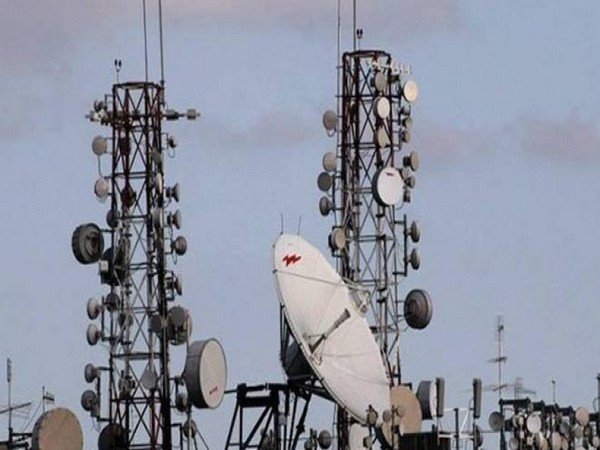Despite a decade of disruptions, J.P. Morgan is optimistic about the future of the Indian telecom sector. They anticipate a 15 per cent tariff hike by fiscal year 2027, as part of a continued trend of tariff repair buoyed by a favourable regulatory environment and persistent affordability. The report highlights challenges such as limited returns and lack of relief on Adjusted Gross Revenue (AGR) liabilities, but states that telecom companies now have an opportunity to increase tariffs without alienating consumers.
According to J.P. Morgan’s analysis, mobile tariffs in India are significantly lower than in other Asian markets, with data yield at just USD 0.09 per GB. Despite this, mobile fees account for only 0.7 per cent of GDP, leaving room for tariff increases. The firm believes that as affordability improves and regulatory pressures ease, major telecom operators like Bharti Airtel, Reliance Jio, and Vodafone Idea (IDEA) can gradually align their tariffs with regional trends.
The report also takes into account SEBI regulations regarding deferred spectrum payments, anticipating these payments to be equitized at a minimum value of Rs10 per share. This adjustment is seen as a stabilizing factor for telecom stocks, which have recently faced pressure due to an AGR judgment and concerns about raising debt for capital expenditures. Despite the stocks falling below expectations, J.P. Morgan believes that the negative sentiment may be overstated.
J.P. Morgan emphasizes the potential for sustained tariff recovery to alleviate balance sheet stress for Indian telecom companies, creating a more stable investment environment in the medium term. The firm’s forecasts are based on the belief that regulatory conditions and affordability will continue to support tariff increases, leading to a more stable industry landscape in the coming years. Overall, J.P. Morgan remains optimistic about the future of the Indian telecom sector despite past challenges and disruptions.
With a continued tariff repair trend expected in the near future, buoyed by a favourable regulatory environment and persistent affordability, the Indian telecom sector is poised to stabilize and revive. J.P. Morgan’s analysis outlines the challenges that have plagued the sector, such as limited returns and lack of relief on Adjusted Gross Revenue (AGR) liabilities, but remains optimistic about the potential for tariff increases without alienating consumers.
The report emphasizes the significant room for tariff increases in India, with mobile fees currently accounting for only 0.7 per cent of GDP. J.P. Morgan believes that as affordability improves and regulatory pressures ease, major telecom operators in the country can gradually align their tariffs with regional trends. The firm’s forecasts are based on the assumption that deferred spectrum payments will be equitized at a minimum value of Rs10 per share, stabilizing telecom stocks in the face of recent market pressures.
Despite concerns about balance sheet stress and market anxiety, J.P. Morgan contends that a sustained tariff recovery could significantly improve the investment environment for Indian telecom companies in the medium term. The report acknowledges the challenges faced by major players such as Bharti Airtel, Reliance Jio, and Vodafone Idea (IDEA) but remains confident in the sector’s ability to overcome these hurdles and thrive in the coming years. Overall, J.P. Morgan’s analysis offers a positive outlook for the Indian telecom landscape, highlighting the potential for growth and stability in the face of past disruptions.











